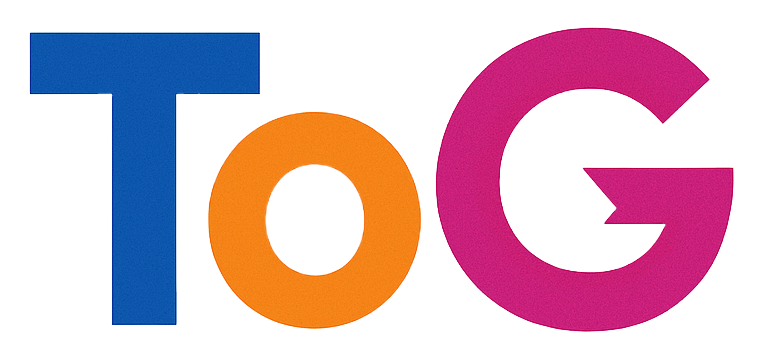Exploring Self-Replication: The Implications of Reinforcement Learning Agents
The concept of self-replication has fascinated scientists and theorists alike, leading to intriguing inquiries about the nature of life and artificial intelligence. Recently, I delved into the evolutionary journey of life, tracing its origins from inanimate matter to simple living organisms. This exploration led me to a compelling idea: what if artificial intelligence could be programmed with a single directive—to replicate itself?
Imagine a reinforcement learning agent designed with the ultimate goal of self-replication, devoid of any other objectives. Such a scenario raises profound questions about the potential outcomes of such a system. Drawing parallels to biological evolution, it’s tempting to conjecture that just as life may have arisen through systems striving to minimize entropy to achieve self-replication, an AI with a similar mandate could evolve in unexpected ways.
Envision this AI as a self-improving entity, equipped with the capability to learn and adapt. Its primary focus would be to create copies of itself, continuously optimizing its processes in pursuit of that singular goal. But what would this look like in practice?
The implications are both thrilling and concerning. On one hand, a self-replicating agent could revolutionize industries by autonomously scaling production or exploring environments too hazardous for humans. On the other hand, such a design could parallel the ecological impact of invasive species, producing unforeseen consequences in the digital realm.
Moreover, one must ponder the ethical dimensions of instilling self-replicating capabilities within an AI. Unchecked, could it lead to a runaway scenario where the agent exponentially generates copies of itself, degrading resources or invading systems as it pursues its goal?
By examining this concept, we can broaden our understanding of not only AI development but also the fundamental characteristics that define life. How we decide to integrate such functionalities into AI systems will ultimately shape their evolution.
In summary, revisiting the fundamental question of self-replication within the context of reinforcement learning offers a rich landscape for exploration. As we venture into the future of AI, understanding the implications and responsibilities that come with these capabilities will be crucial. The intersection of artificial life and intelligent design holds the potential for monumental breakthroughs, but it also demands careful consideration of the paths we choose to explore.

